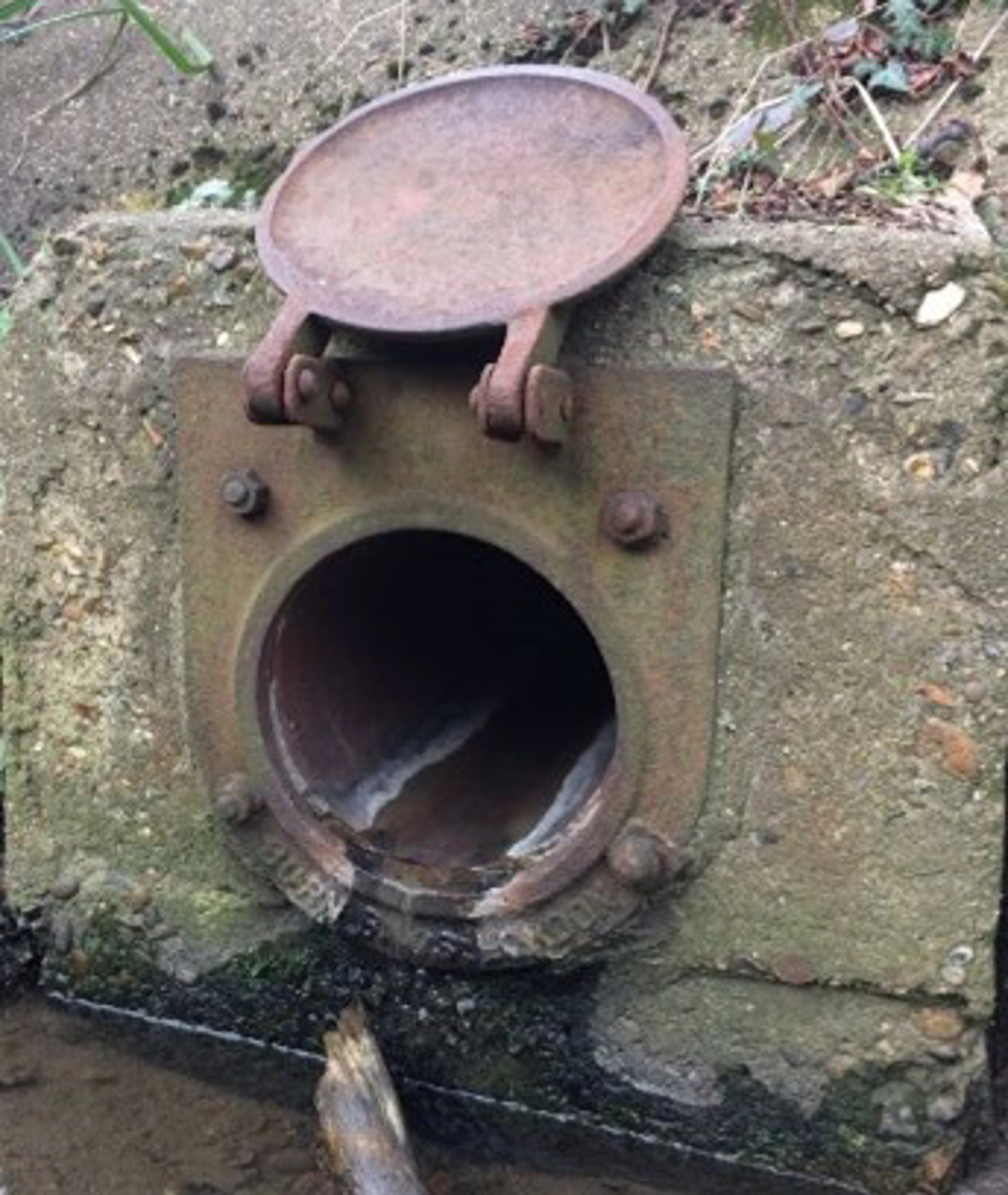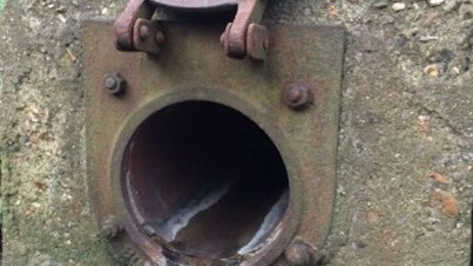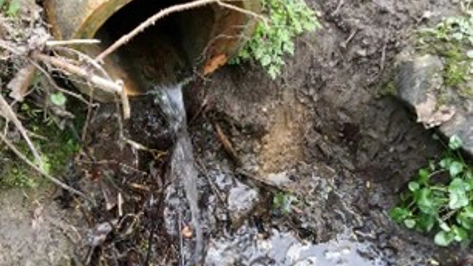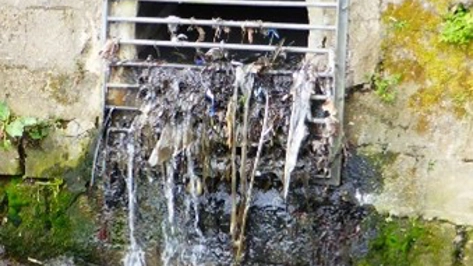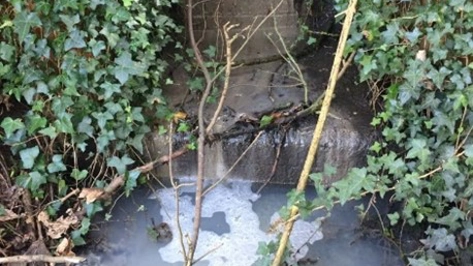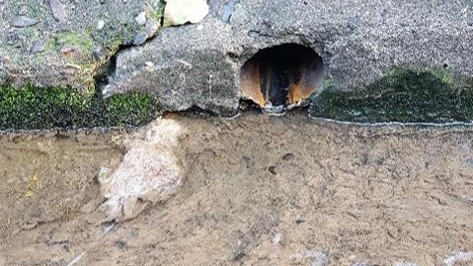Outfall safari
One of the significant threats to water quality in urban rivers is misconnected pipes, which pollute our local watercourses and compromise the biodiversity and amenity value of our waterways. This is a citizen science method for systematically inspecting, recording, and mapping the behaviour of outfalls from our local watercourses. This data builds on information gathered from previous surveys conducted by the Environment Agency and the local water company under the Water Framework Directive. The data will be used to take action to bring waterbodies into good status.
Here is a guide to key things to remember when assessing outfalls:
- Weather and coordinating survey dates
- Health and safety working near water
- The assessment method and
- Reporting pollution
Mersey Rivers Trust Outfall Safati Method
A survey of all the outfalls will take place 3 times a year along your stretch of the local watercourse.
Your assessment answers for each outfall will be converted into an Impact Score for the outfall.
Only one form per outfall, please.
If you see any changes to an outfall between surveys, record them in epicollect.
Misconnections
Although in general it’s unintentional, hundreds of thousands of toilets, sinks, washing machines or dishwashers are incorrectly connected into drains that are intended to receive clean rainwater.
Foul water drains are used for wastewater. That includes waste like toilet paper, pee, and poo, and waste from your washing machine and shower.
Surface water is rainwater, puddles, that kind of thing. Surface drains take surface water straight back into the environment.
When wastewater is connected to a surface water drain, and vice versa, it's called a misconnection.
It also means if surface water is going into your foul drains, there's a bigger risk of flooding, especially during heavy rain.
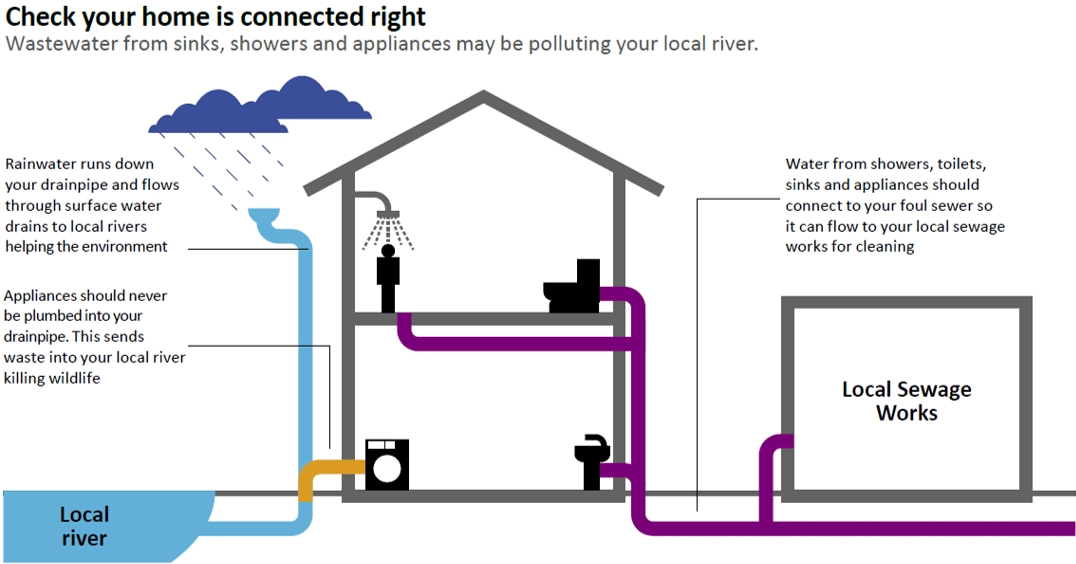
Reporting Pollution
Any harmful pollution observed:
Report to the Environment Agency via the hotline number: 0800 80 70 60
You can also report CWS incident to the UU via their hotline number: 0345 672 3723
Upload your data
Collect your information on your local outfall on epicollect. Use the Mersey RT Outfall Safari button to get access to the project on Epicollect.
Please use this guidance on this page to fill in the information required to monitor your local outfalls.
Outfall Flows
By ranking the flow coming out of the outfall we gain an indication of the potentail speed, possible source of the potentail pollution you are reporting.
Outfalls Visual Impact
The visual impact of the outfall indicates the distance the pollution travels before it's diluted into the watercourse.
Outfalls Aesthetics
The aesthetics of the outfall have been categorised as follows. When surveying the outfall, choose the category that most closely matches what you see at the outfall you are assessing (there might not be a perfect match). This allows us to see if there are signs of the potential pollution source.
Example Scoring for Outfall Safari:
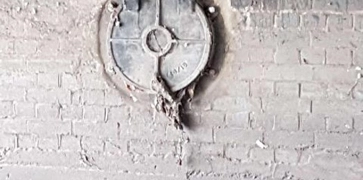
Original score = 10
- Rag caught in the cover
Amended score = 0
- The outfall is sealed and not actively discharging
- Rag is most likely a result of a past high flow event
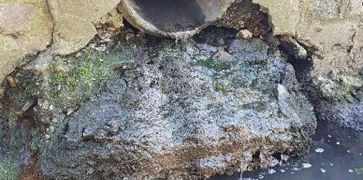
Original score = 14
- Description included large impact (no photos to accompany this)
Amended score = 6
- Typical case of misconnections
- Moderate flow and not a large impact at the base of the outfall
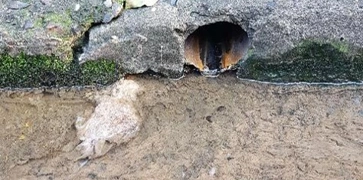
Original score = 20
- Large coverage of sewage fungus extending down the watercourse
Amended score = 0
- Pollution originates upstream of the pipe. No fungus in the pipe, therefore, not the point of pollution for the Fungus seen.
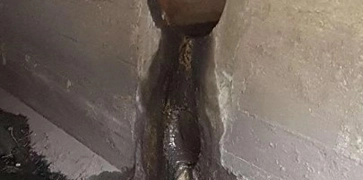
Original score = 14
- Large coverage of sewage fungus
Amended score = 8
- Localised impact on the watercourse
- Trickle flow

